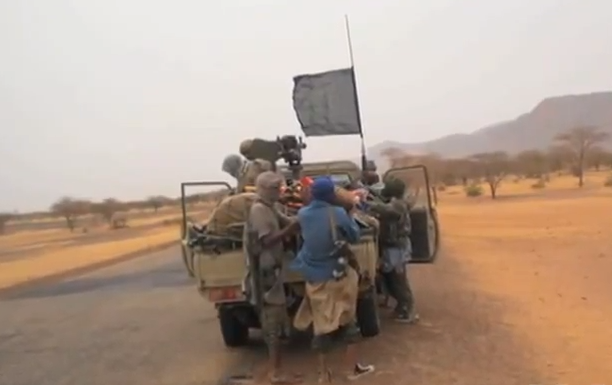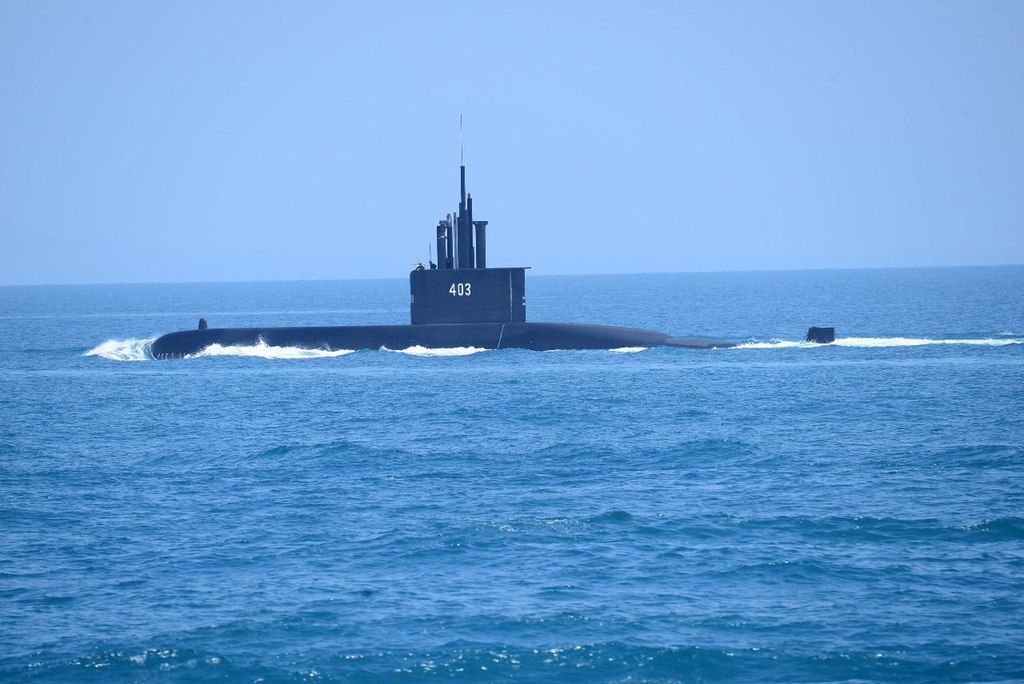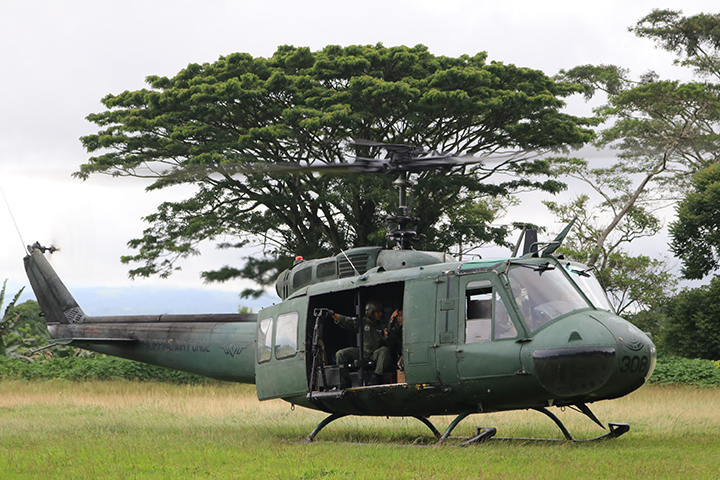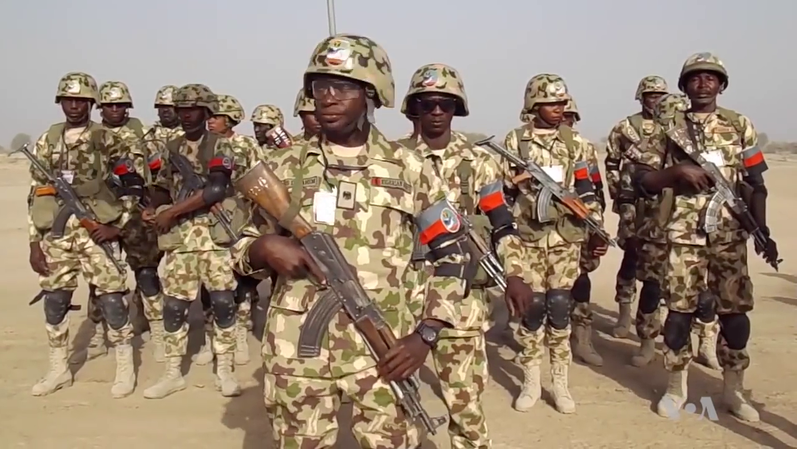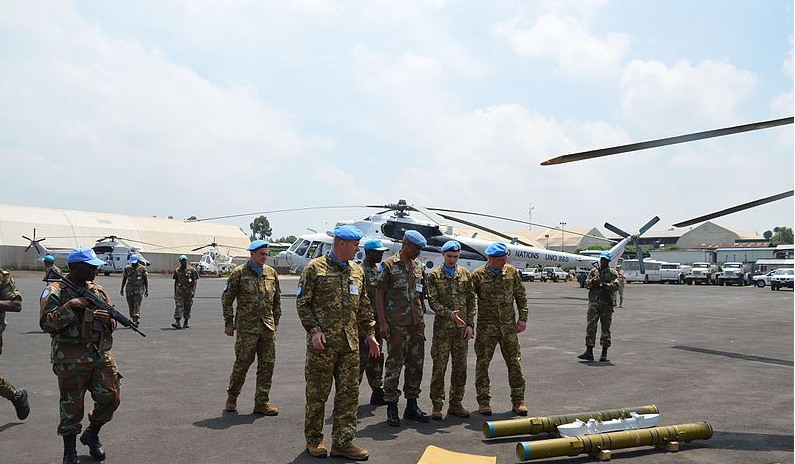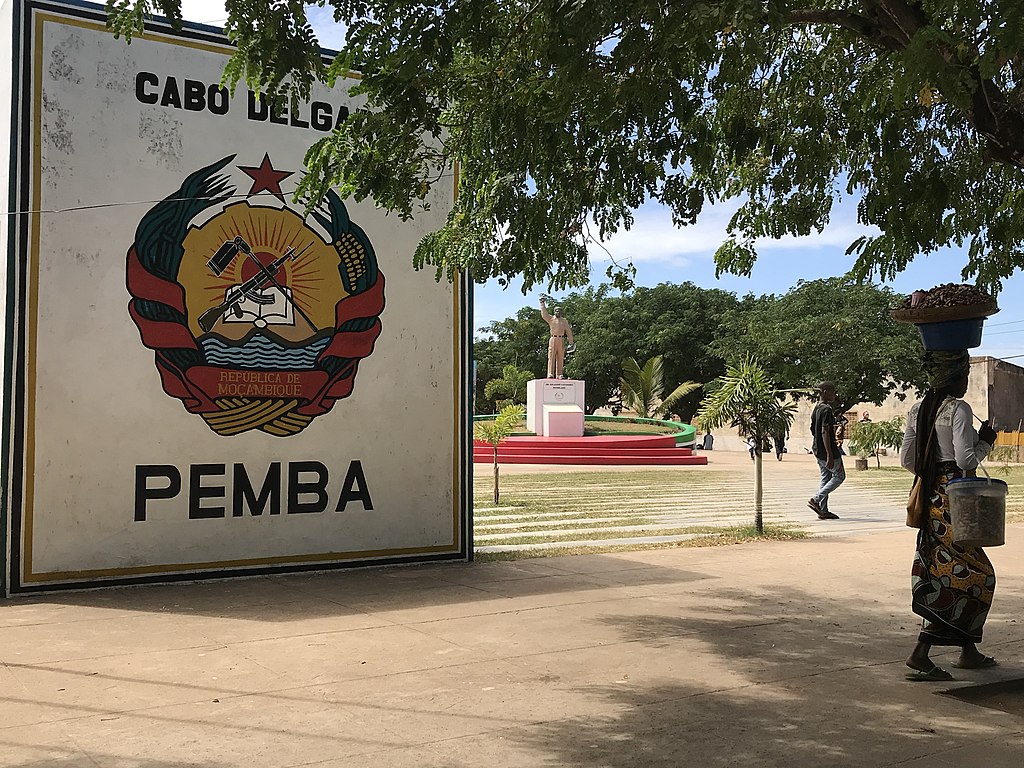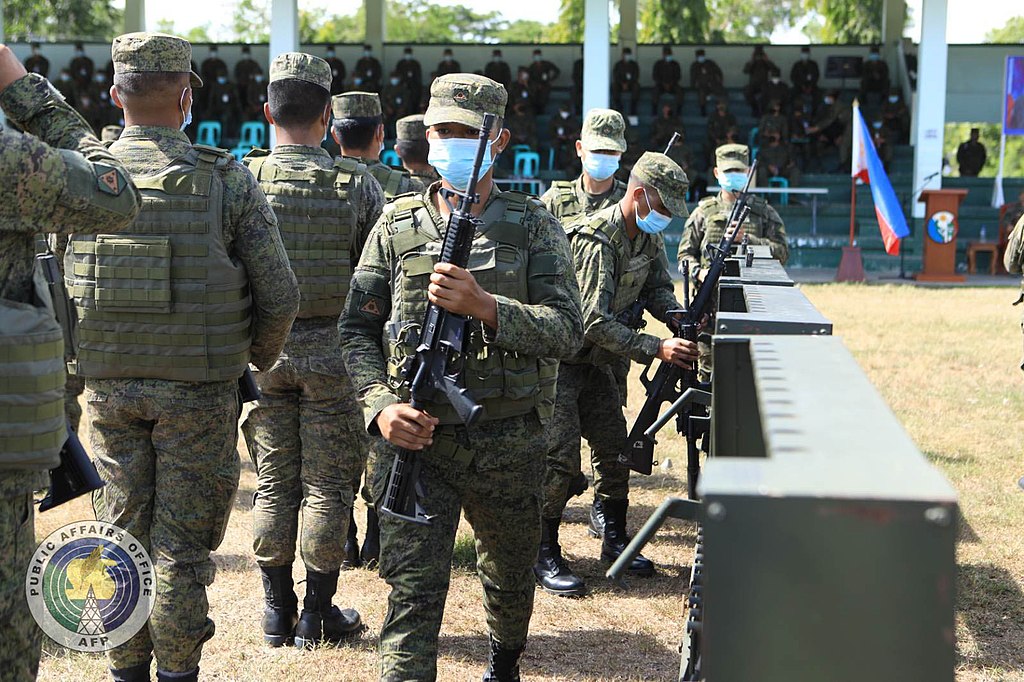
2021-12-03 T4 Delivery 005.
“The terror groups may try to disrupt the peace and order during the election period but our preparedness will assure that they will not succeed…”
The Philippines government may be weakening Abu Sayyaf across the region. According to Philippine daily sunstar.com, there was concern that Abu Sayyaf would seek to disrupt the elections after Philippine forces killed the group’s leader in Basilan only weeks earlier. The military’s strategy to protect the elections from Abu Sayyaf involved closing off access points to the group’s main area of operations in Basilan and ordering troops to avoid political partisanship. In addition, the army boosted its coordination with the Philippine National Police, the Commission on Elections, and other agencies to secure the elections. Ultimately, the army deployed 69,000 soldiers to protect the elections, which were held successfully on 9 May.
A separate article in the Philippines’ largest English-language newspaper, Manila Bulletin, pointed to the surrender of an Abu Sayyaf bomb-maker as evidence that Abu Sayyaf’s ranks were being further depleted through the Philippines’ rehabilitation program for former Abu Sayyaf members. The program, which allows local governments to work with surrendered repentant militants to reintegrate them into society, has seen some success since the Philippines stepped it up in recent years. Elsewhere, according to a recent Indonesian-language article in Hong Kong-based suara.com, a number of hostages escaped Abu Sayyaf in Indonesia in April. Collectively, the articles imply that Abu Sayyaf’s military capabilities and negative impact appears to be waning in the face of determined government effort.
Source:
“Troops told to ready for poll worst-case scenario,” sunstar.com (Philippine daily), 20 April 2022. https://www.sunstar.com.ph/article/1926909/zamboanga/local-news/troops-told-to-ready-for-poll-worst-case-scenario
Lieutenant General Alfredo Rosario Jr., commander of the Western Mindanao Command (Westmincom), has ordered the troops in Basilan province to prepare for the worst-case scenario on election day. “The terror groups may try to disrupt the peace and order during the election period but our preparedness will assure that they will not succeed,” Rosario said. On March 25, Radzmil Jannatul alias Abu Khubayb, the leader of the Abu Sayyaf Group (ASG) in Basilan province, was killed in a clash with government troops in Sitio Center, Baiwas village, Sumisip, Basilan.
“Let us also sustain our good coordination with our partners from the Philippine National Police, the Commission on Elections, and other agencies to ensure an honest, orderly, and peaceful elections,” Rosario added. He reminded the JTF-Basilan troops to remain non-partisan at all times.
Source: “Sayyaf bomber surrenders in Zamboanga,” mb.com.ph (Philippines largest English language newspaper), 23 March 2022. https://mb.com.ph/2022/03/23/sayyaf-bomber-surrenders-in-zamboanga/
A suspected Abu Sayyaf member linked to several bombing and kidnapping incidents in Zamboanga and Basilan surrendered to authorities on Tuesday. Mursidin Husin, 39, a resident of Sitio Buahayan, Dita, Zamboanga City, surrendered to the police at PNP Camp General Eduardo Batalla, RT Lim Boulevard. Husin also turned over his .38 caliber revolver with ammunition. Husin, a follower of Jamiul Nasalun, an Abu Sayyaf sub-leader based in Zamboanga City, was allegedly involved in the 2013 bombing of a passenger bus in Zamboanga City and two other explosions in a Sangali cafeteria and in Basilan.
Source: “Kisah WNI 427 Hari jadi Tahanan Abu Sayyaf: Jarang Makan dan Takut Kena Bom (Story of Indonesian Citizen 427 Anniversary of Abu Sayyaf Prisoner: Rarely Eat and Fear of Bombs), suara.com (Hong Kong based Indonesian language bi-monthly newspaper), 5 April 2022. https://www.suara.com/news/2021/04/05/132923/kisah-wni-427-hari-jadi-tahanan-abu-sayyaf-jarang-makan-dan-takut-kena-bom
Arizal Caste Miran, one of the four victims of the Abu Sayyaf group hostage-takers in the Philippines, is now able to reunite with his family. Before returning to his family’s arms, Arizal and three other people were desperate to escape. They heard from a member of the Abu Sayyaf group that the hostages would be transferred to Tawi Island. While on their way in the morning, the ship they were traveling on capsized because from the waves. Instantly the four Indonesian citizens went to save themselves.
Image Information:
Image: 2021-12-03 T4 Delivery 005.
Source: Armed Forces of the Philippines
https://commons.wikimedia.org/wiki/File:2021-12-03_T4_Delivery_005.jpg
Attribution: CC x 2.0


